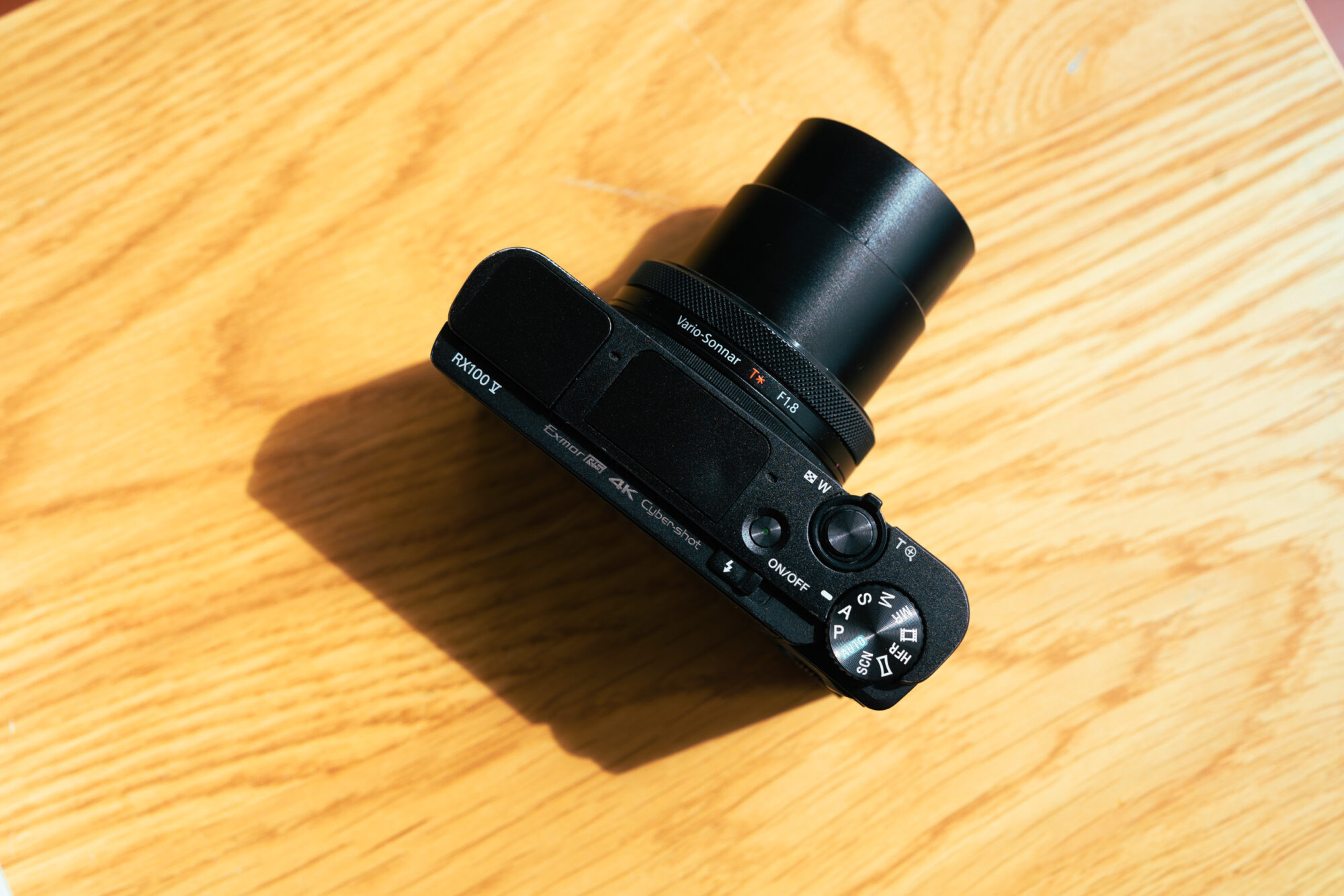Packs a Punch
The Sony RX100V has long had a reputation in the portable camera community for punching far above its weight class (in terms of size, and literal weight).
With the rise of smartphones improving their image sensors, and the introduction of other small-format portable cameras, does the Sony RX100V still hold up in 2024.
Check Prices for the Sony RX100V (New/Used)
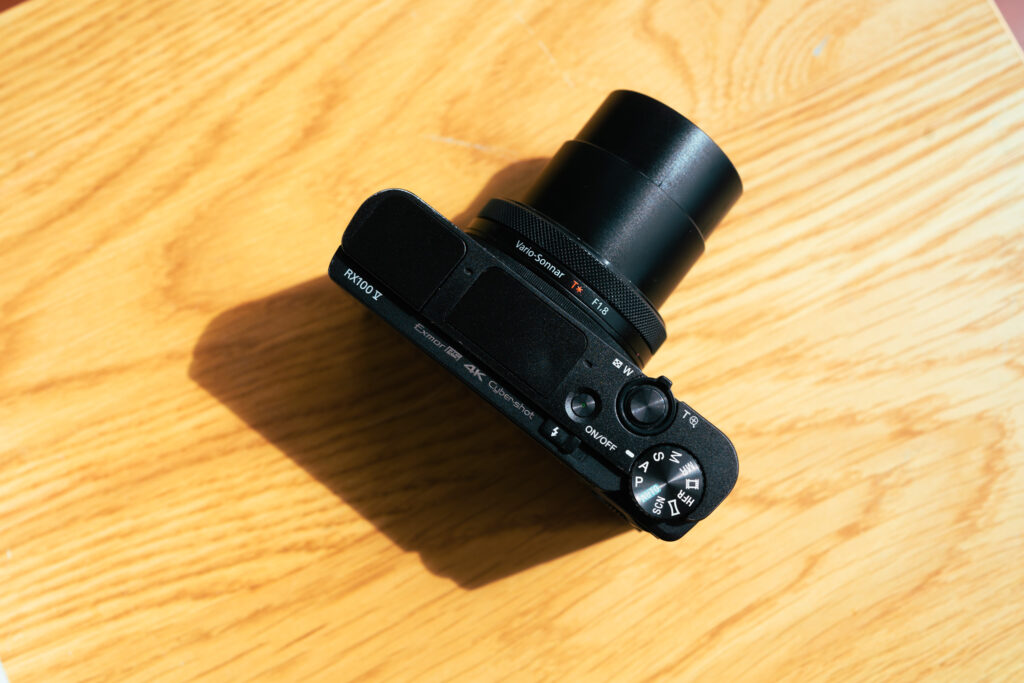
General Specifications
- Dimensions: 101.6 x 58.1 x 41.0 mm (4.0 x 2.3 x 1.6 inches)
- Weight: ~299 grams (w/ battery and SD card)
- Sensor Type: 1.0-type (13.2 x 8.8 mm) Exmor RS CMOS sensor
- Resolution: 20.1 megapixels effective
- Processor: BIONZ X image processor
- Lens: ZEISS Vario-Sonnar T* lens
- Focal Length: 24-70mm (35mm equivalent)
- Aperture Range: f/1.8-2.8
- Continuous Shooting: Up to 24 fps with full AF/AE tracking
- Video Resolution: 4K (3840 x 2160) at 30p/24p with full pixel readout and no pixel binning
- Slow Motion: Super slow motion at up to 960 fps
- Other Video Features: S-Log2/S-Gamut for advanced colour grading, high frame rate (HFR) recording
- LCD: 3.0-inch tiltable LCD screen with 1.23 million dots
- Viewfinder: XGA OLED Tru-Finder with 2.36 million dots
- Wi-Fi, NFC: Yes
- Bluetooth: No
- Battery: NP-BX1 rechargeable battery pack
- Battery Life: Approximately 220 shots per charge (CIPA standard)
- Built-in ND Filter: Yes
- Image Stabilization: Optical SteadyShot
- Release date: October 2016
Travel Experience Around Victoria, BC
As someone whose shot with a full-frame Sony camera throughout nearly all trips, it was an odd feeling to not bring a camera bag along with me for my brief day trip to Victoria, BC (Vancouver Island). Sliding the RX100V into my inside jacket pocket, it instantly felt relieving to know that I could conveniently take it out for shots when the right moment called for it.
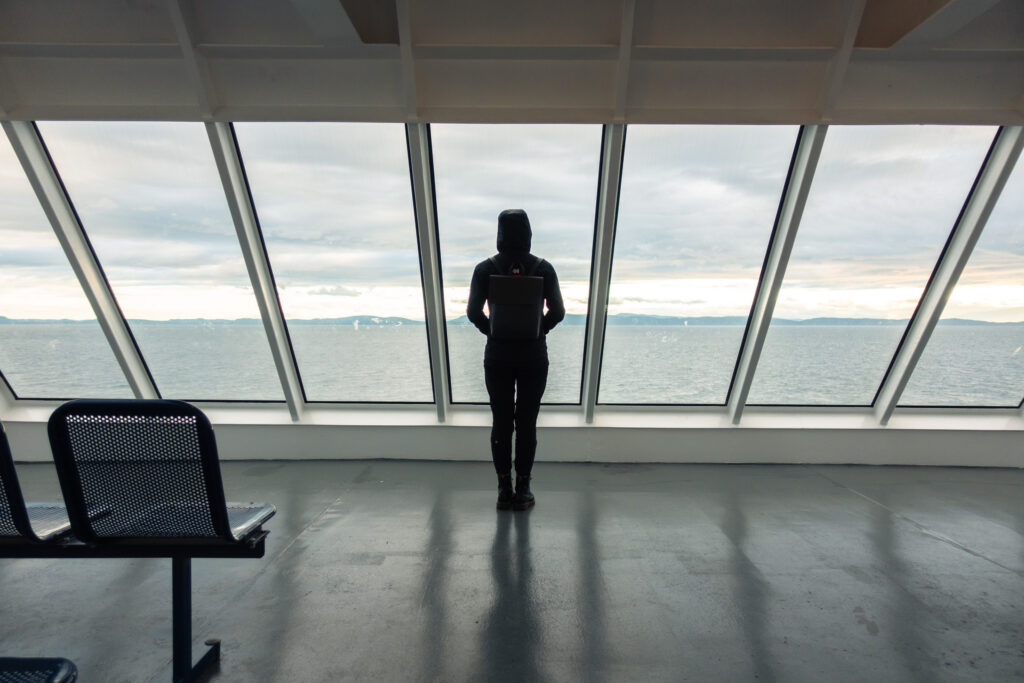
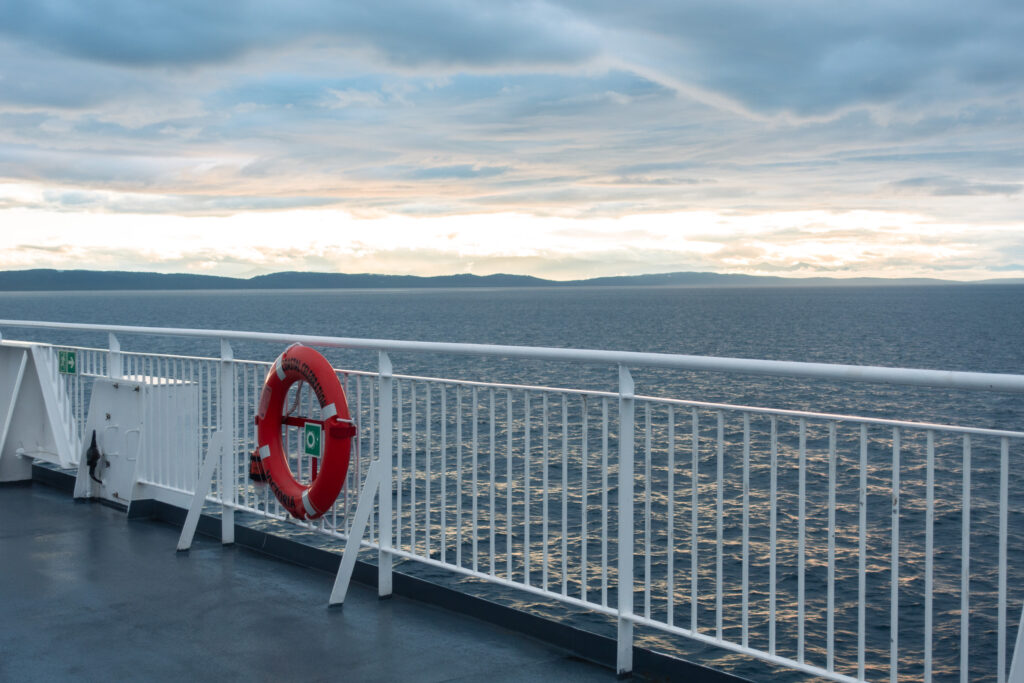


It did give me slight anxiety not having a versatile, but bulky, zoom lens (like my trusty Sony 24-105mm f4), or a legendary prime (like the Sony 35mm f1.8), but my anxieties were quickly washed away after seeing the RAW image quality produced by this tiny, but mighty, point-and-shoot camera. The effective focal length coverage of 24-70mm (35mm equivalent), combined with the ability to put this in pretty much any pocket, made the RX100V an incredibly flexible and capable camera for a trip. The battery life gives me pause, however. More on this later.
Optical Quality
I’ll start this section off by saying that I’m by no means a pixel peeper. I often pair plenty of older manual film lenses with my Sony bodies, and I believe every lens with imperfections lends itself a unique character. That said, sharpness is important in ensuring your family/vacation photos are not simply tossed away after a shaky shot.
Sharpness
Overall, I found sharpness to be excellent, especially at the center, and sharper at a wider focal length vs. the 70mm focal length. Corner sharpness does not fall off greatly, and performs very well even shooting wide open. Normally lenses this small offer extreme sharpness compromises, but little was to be found here.
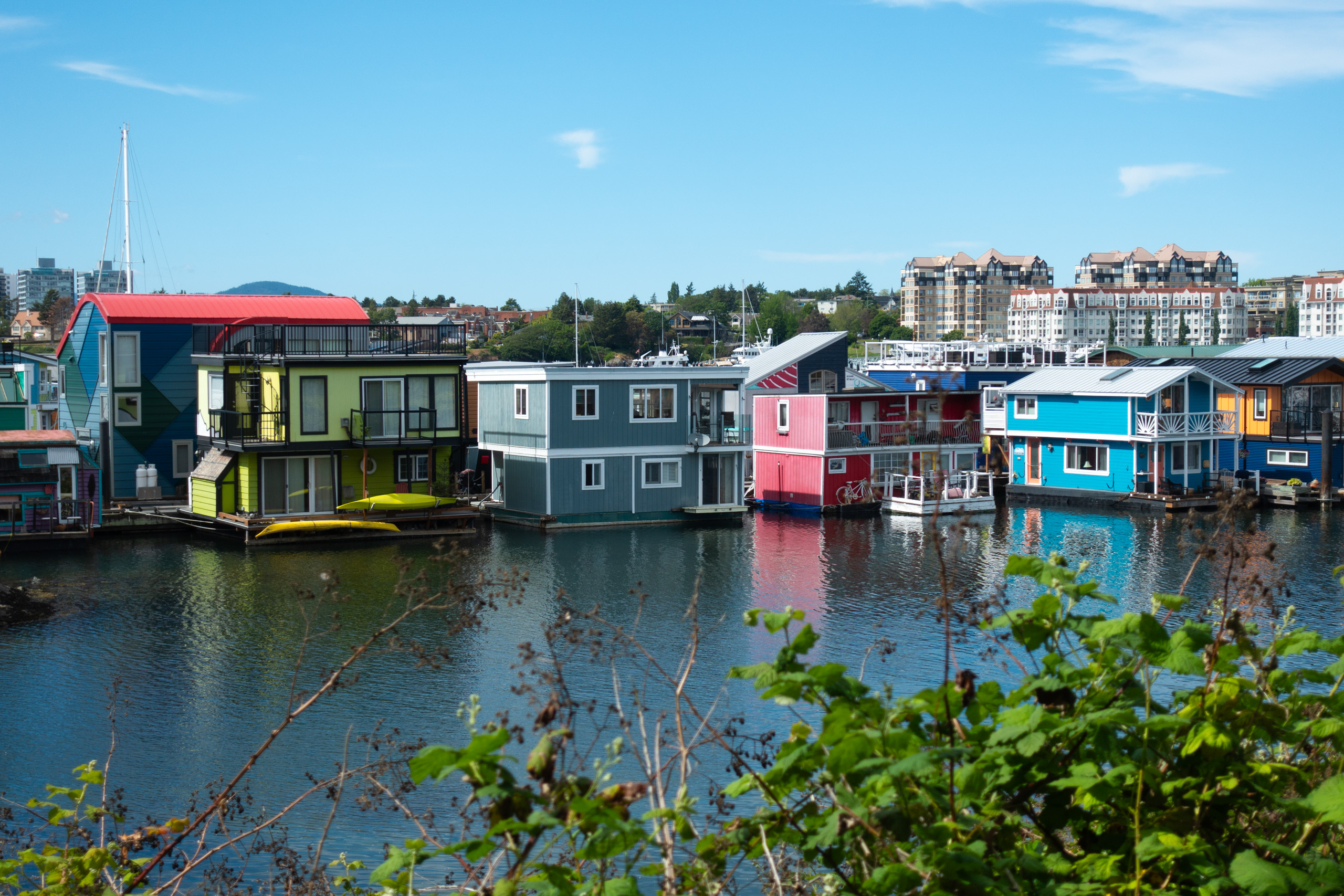
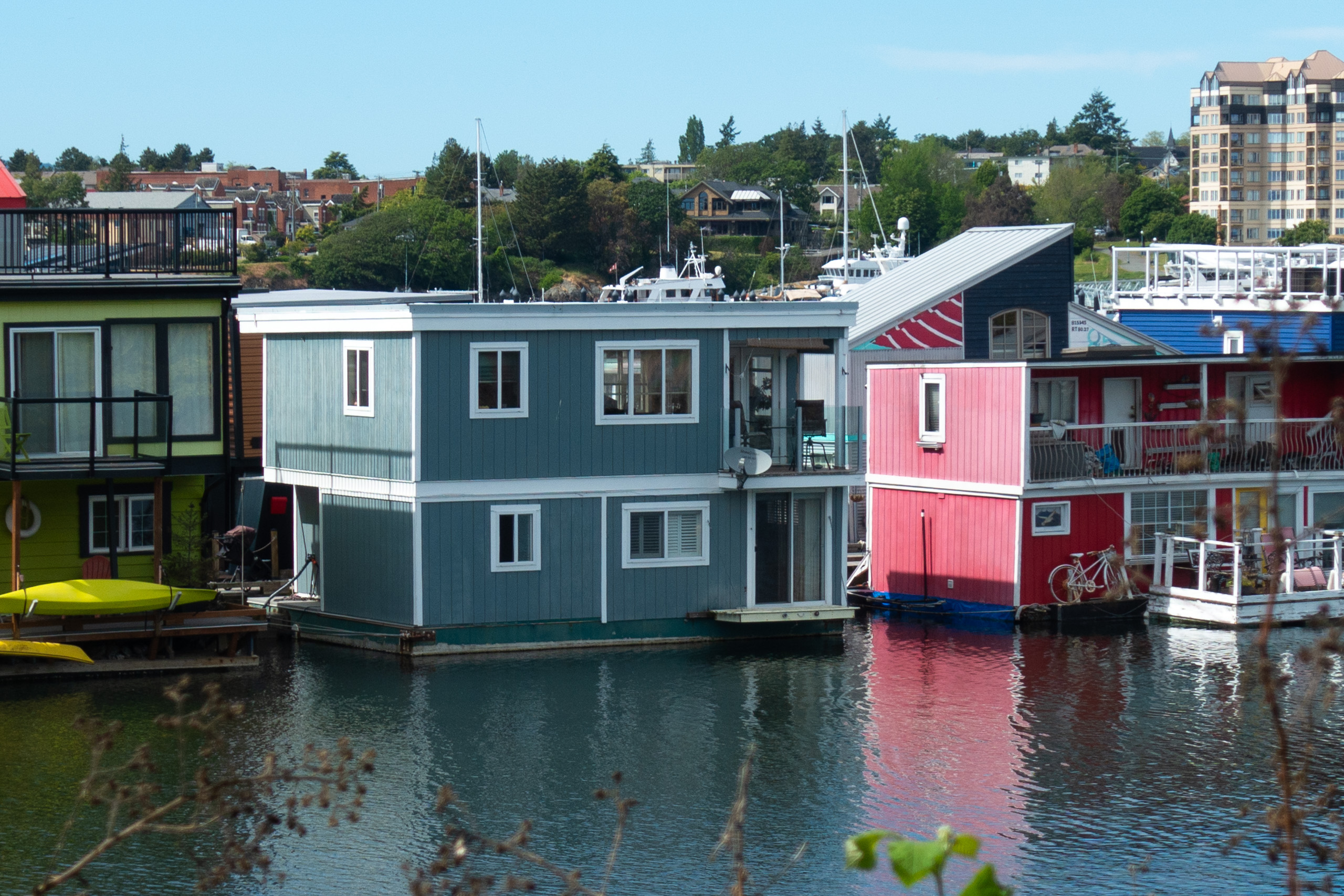
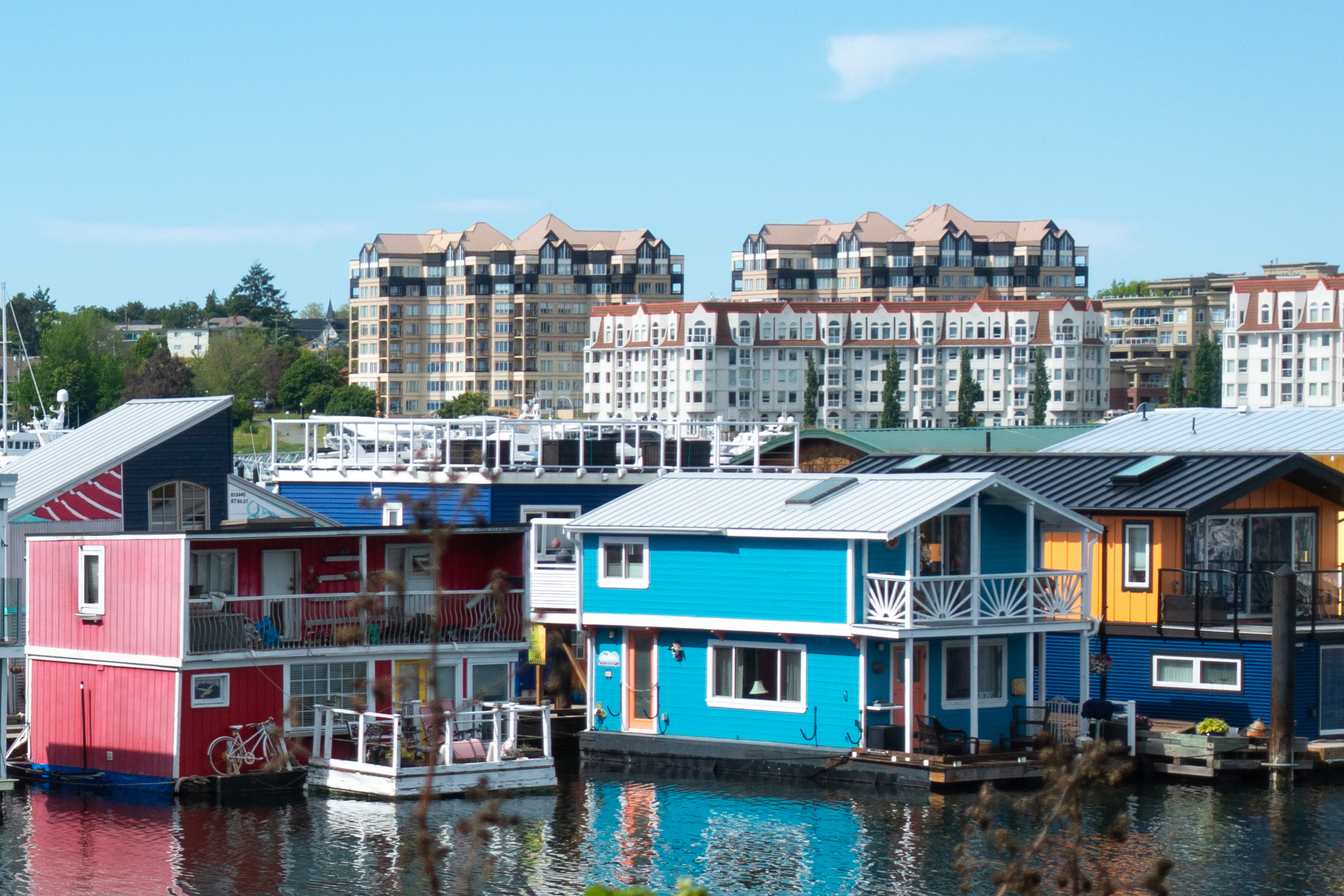
Contrast, Dynamic Range
I found the contrast, flare control, and dynamic range of the RX100V to be excellent. In the rare instances where I shot a subject with a very bright background, the level of detail on the subject was still strong, and overall contrast did not suffer more than other cameras I’ve tested.
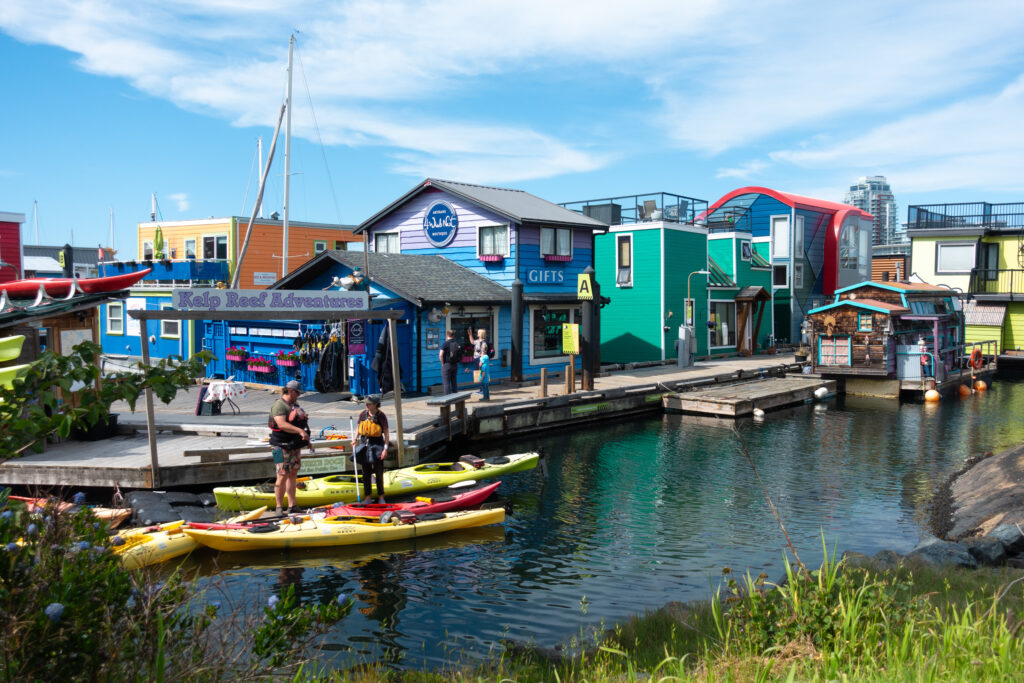

Aberrations, Distortion
Overall, I did not notice much aberration at all with this lens. However, I have read that this begins to crop up slightly at the longer focal lengths. Aberration is a complete non-issue, in my opinion.
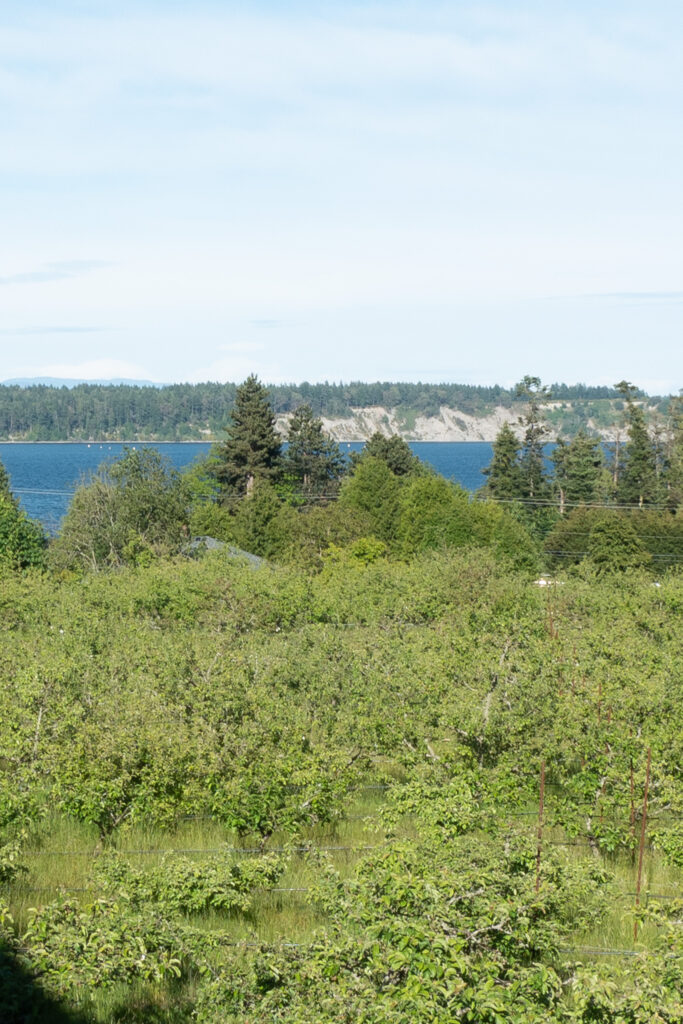
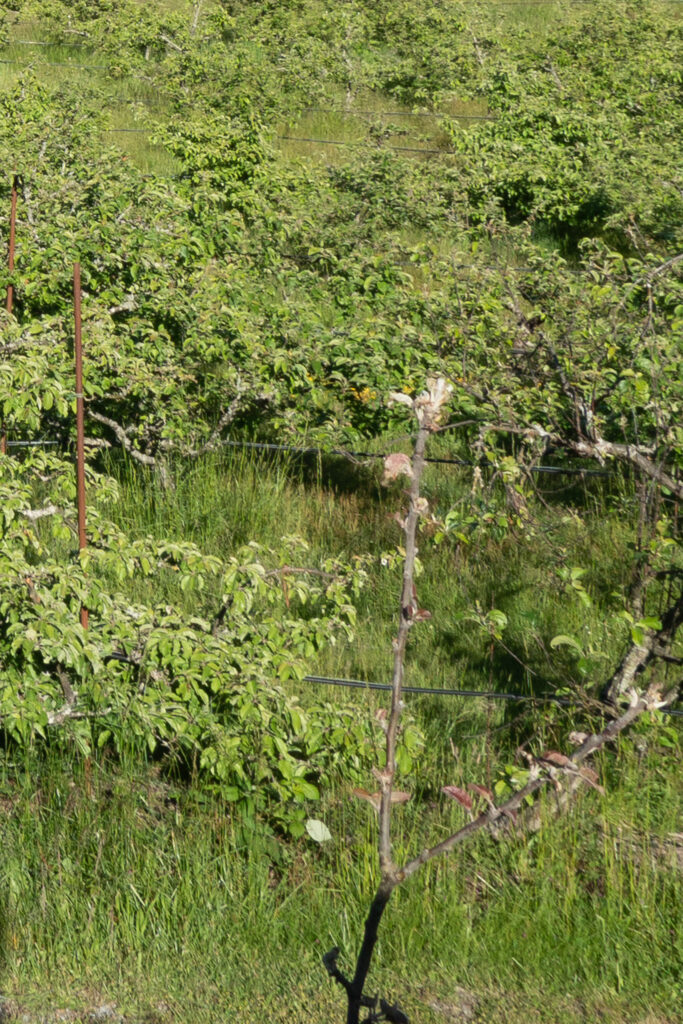
Barrel distortion is present at wider focal lengths, and Adobe Lightroom does not offer a default profile to fix this. This is actually inconvenient as you’d have to manually create/upload an image profile to auto-correct wide shots in the future. But again, a little image imperfection doesn’t hurt anyone.
Focus Performance
I found focus performance to be very good with the Sony RX100V, boasting a silent focus and quick focus motor. The AF system covers about 65% of the frame with 315 tracking points, which is exceptional given the camera’s age, size, and price point.
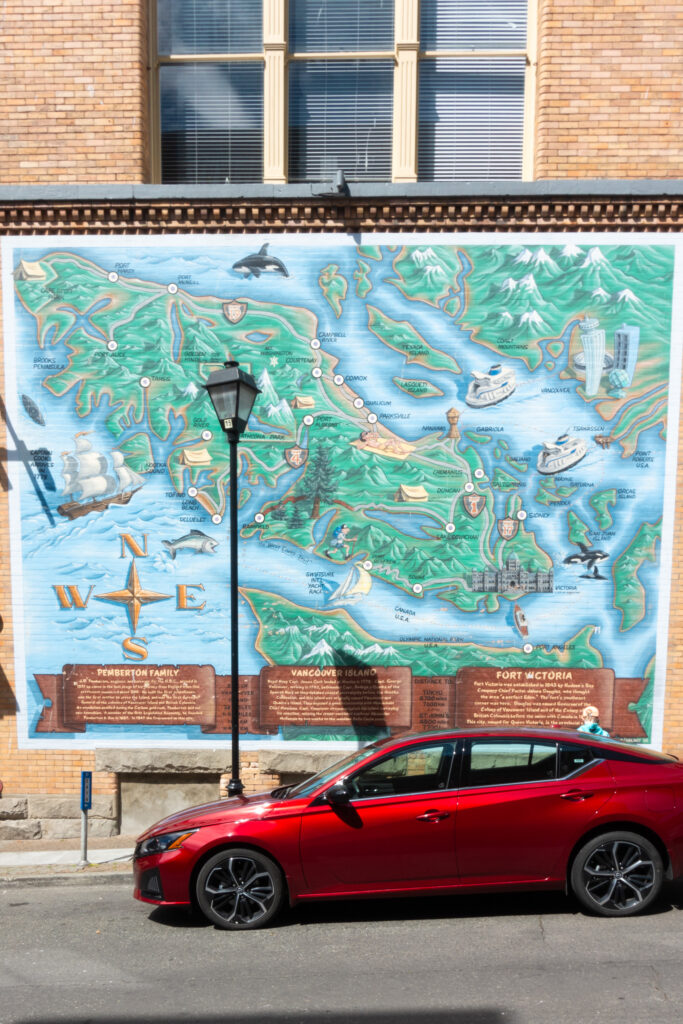
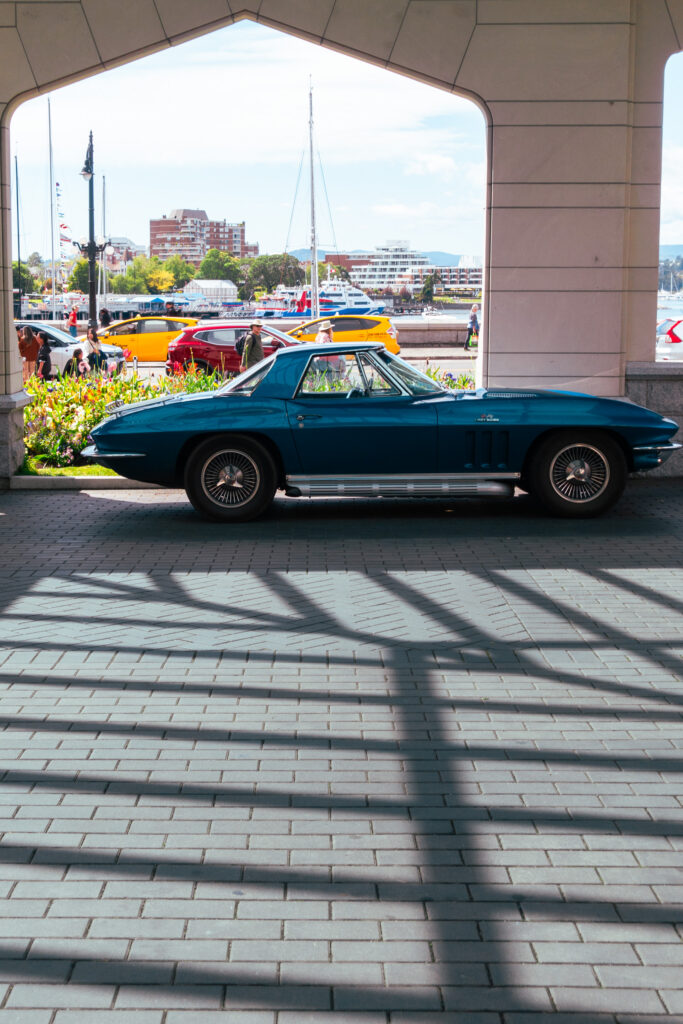
Low Light Performance
The Sony RX100V performs very well in low light given the lowest aperture readout to be f1.8. This allows for quite a few stops of light more than an average point-and-shoot at this price range, which is great to have in a dark environment.


The RX100VI, the successor to this camera, actually has worse performance in low light given that the lowest aperture on the VI is f2.8.
On Battery Life
To put plainly, spare batteries are highly recommended when using the Sony RX100V. The battery is rated for 240 shots, but the reality is that a camera 8 years old will suffer from poor battery performance. Compromises will likely need to be made (I had to continuously quickly turn off the camera after a few shots to preserve the battery), and spare batteries should be purchased.
Affordability
The Sony RX100V is brand new for sale online at ~$920 USD/$1249 CAD. However, given the age of the camera now, the secondhand market has plenty to offer, and can often be found at ~$600USD/$800 CAD either on eBay, or Facebook Marketplace.
Competitors and Conclusion
The Sony RX100V has had a few competitors release comparable alternatives since its release in 2016. A few of the primary alternatives would be:
- Sony DSC-HX99 (Sept. 2018)
- This one can be a toss-up given the HX99 can be found for a lower price. Focal length coverage and battery life are superior with the HX99, but it does not have a built-in ND filter, continuous shooting is far less powerful, and the maximum aperture is worse (f3.5 vs f1.8)
- Ricoh GR III (Sept. 2018)
- The GR III offers a fixed focal length, and a smaller form factor, at a lower price, but doesn’t offer the focal length coverage. This one is up to the photographer, I’m 50/50 on them.
- Sony RX100VI (June 2018)
- The RX100VI offers a far superior telephoto focal length (200mm) and a touchscreen but is overall a marginal upgrade over the RX100V. Given that it’s found at 50%+ higher prices in used markets, I’d lean towards the RX100V.


In conclusion: Yes, it’s still at the top of the list for travel compact cameras in 2024, stipulating that you should be wary of its poor battery life and buy spare batteries. Given its image quality, it has great potential to replace a DSLR or mirrorless camera.
Check Prices for the Sony RX100V (New/Used)
More Sample Photos


Thanks for Reading!

My name is Alex Lau, and I’m a travel blogger and photographer. I’ve worked in the automotive digital marketing business for 6+ years before I decided to uproot and explore this little blue marble we find ourselves on, meeting new people, telling their stories, and discovering new places.
Follow me on Instagram | Contact me for partnerships
